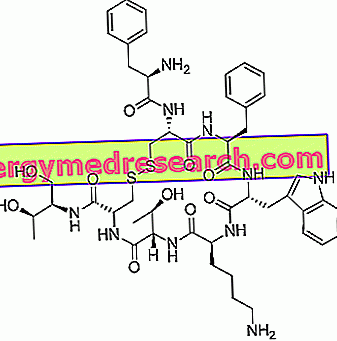
What is Rivastigmine Actavis?
Rivastigmine Actavis is a medicine containing the active substance rivastigmine, available as capsules (yellow: 1.5 mg; orange: 3 mg; red: 4.5 mg; red and orange: 6 mg).
Rivastigmine Actavis is a "generic medicine". This means that Rivastigmine Actavis is similar to a 'reference medicine' already authorized in the European Union (EU) called Exelon.
What is Rivastigmine Actavis used for?
Rivastigmine Actavis is used to treat patients with mild to moderately severe Alzheimer's dementia (a progressive brain disorder that gradually affects memory, intellectual ability and behavior).
It can also be used for the treatment of mild to moderately severe dementia in patients with Parkinson's disease.
The medicine can only be obtained with a prescription.
How is Rivastigmine Actavis used?
Treatment with Rivastigmine Actavis should be started under the supervision of a qualified physician, experienced in the diagnosis and treatment of Alzheimer's disease or dementia associated with Parkinson's disease. Therapy should only be started in the presence of a person assisting the patient who can check that Rivastigmine Actavis is taken regularly. Treatment should continue until the medicine has a beneficial effect, but the dose can be reduced or the therapy stopped if the patient experiences side effects.
Rivastigmine Actavis should be given twice a day, for breakfast and dinner. The capsules must be swallowed whole. The initial dose is 1.5 mg twice a day. If this dose is well tolerated, it can be increased in 1.5 mg increments, at intervals of not less than two weeks, up to a regular dose of 3-6 mg twice a day. To achieve maximum therapeutic benefit, patients must be maintained at the highest well tolerated dose. However the maximum recommended dose should not exceed 6 mg twice a day.
How does Rivastigmine Actavis work?
The active substance in Rivastigmine Actavis, rivastigmine, is an antidementia medicine. In patients with dementia of the Alzheimer type or dementia due to Parkinson's disease certain nerve cells die inside the brain; this causes a lowering of acetylcholine levels, a neurotransmitter (ie a chemical that allows nerve cells to communicate with each other). Rivastigmine works by blocking acetylcholinesterase and butyrylcholinesterase, which is the enzymes that degrade acetylcholine. By blocking these enzymes, Rivastigmine Actavis promotes an increase in acetylcholine levels in the brain, which helps to alleviate symptoms of Alzheimer's dementia and dementia due to Parkinson's disease.
What studies have been performed on Rivastigmine Actavis?
Because Rivastigmine Actavis is a generic medicine, studies have been limited to tests to show that the drug is bioequivalent to the reference medicine, ie Exelon. Two medicines are considered bioequivalent when they produce the same levels of active ingredient in the body.
What are the risks and benefits of Rivastigmine Actavis during the studies?
Because Rivastigmine Actavis is a generic medicine and is bioequivalent to the reference medicine, it is considered to have the same benefits and risks as the reference medicine.
Why has Rivastigmine Actavis been approved?
The CHMP (Committee for Medicinal Products for Human Use) concluded that, in accordance with EU requirements, Rivastigmine Actavis has been shown to have comparable quality and to be bioequivalent to Exelon. Therefore, being of the opinion that as in the reference medicine the benefits outweigh the identified risks, the committee recommended the granting of the marketing authorization for Rivastigmine Actavis.
More information on Rivastigmine Actavis
On June 16, 2011, the European Commission issued a marketing authorization valid for the entire European Union to Rivastigmine Actavis to Actavis Group PTC ehf. The marketing authorization is valid for five years, after which it can be renewed.
For more information on treatment with Rivastigmine Actavis, read the package leaflet (also part of the EPAR) or contact your doctor or pharmacist.
The full EPAR for the reference medicine can be found on the Agency's website.
Last update of this summary: 05-2011.



